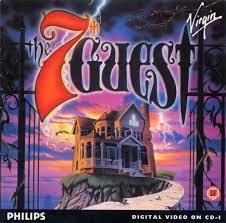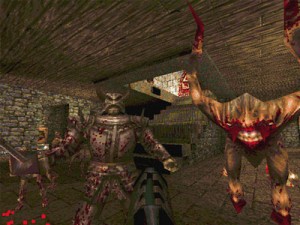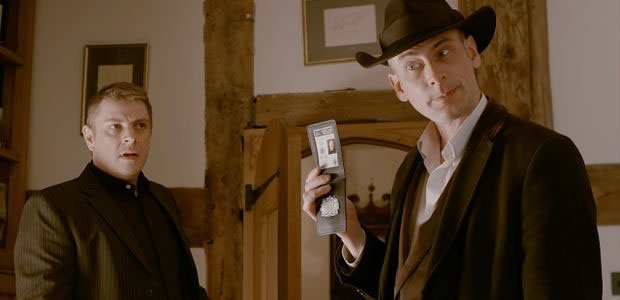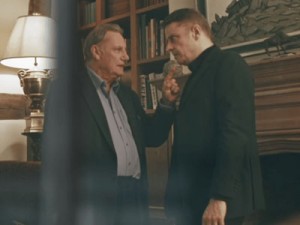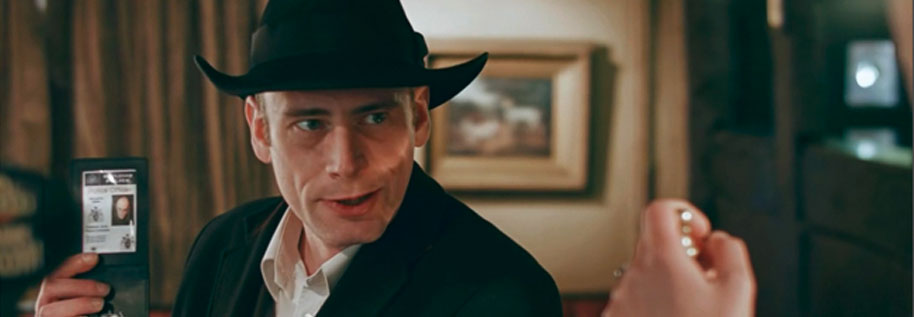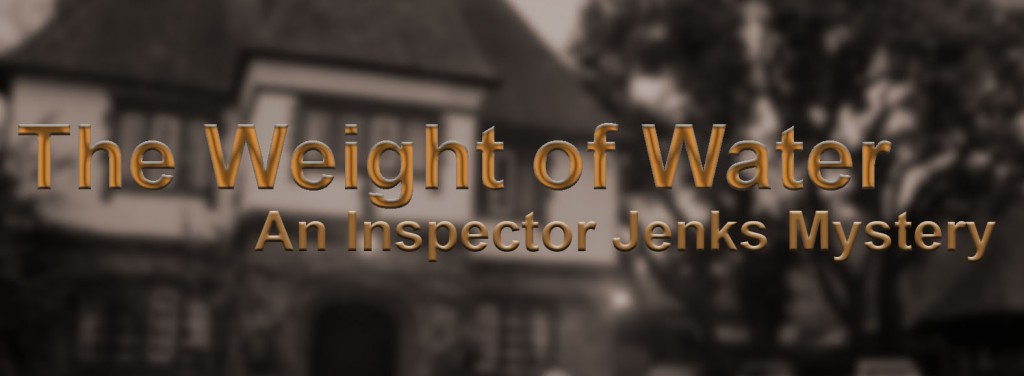Review: Contradiction – Can it revive an entire video game genre?
Remember your first murder mystery game? Perhaps it looked like this: And yes, The 7th Guest features some…. charitably ‘amateur‘ acting , it was still as a fairly successful because it followed in the vein of games like ‘Myst‘ – graphics that were glorious at the time, a creepy atmosphere, but it added animation and actors. It was also so large it had to be place on 2 (TWO!) CDs. (NOT AVAILABLE ON FLOPPY DISKS! GOOD LORD!)
And so it seemed – for a while – that FMV (Full Motion Video) might be the way of video games future. The ‘Tex Murphy‘ series was a sci-fi comedy that got few B and C list actors (and the voice of James Earl Jones) but it was, of course, the advent of polygon characters that sounded the death knell for the FMV game. The ability to truly feel like you were immersed in an environment – even if it was as blocky as Quake – was far more compelling than seeing live actors – many of whom weren’t that great.
Now, like the proverbial Phoenix we have a game that may indicate that this format may return, albeit with a niche audience. But if Telltale Game’s ‘Sam and Max‘ brought us back an updated version of the classic ‘Point ‘n Click‘ the generically named ‘Contradiction‘ is its FMV analogue. I know in previous reviews you’ve probably noticed I can be a bit… well, highly critical, and that’s because I often feel intensely ambivalent about games (See: My Love/Hate relationship with The Evil Within)
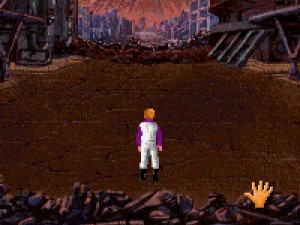
One of the pixels will have a tag that will allow you to complete the game! FIND IT OR YOU WILL BE STUCK IN THE FINAL SCENE FOREVER
But Contradiction is a masterpiece of that perfects an old classic genre. Unlike ‘Her Story‘ (and you can read Dan’s excellent review on that) this game had no intention of taking and reframing a genre, simply using new technology and the great ideas from old games to create something that’s fresh, new and most of all, extraordinarily engrossing.
You play as ‘D.I. Jenks‘ investigating the suspicious death of a local student that seems to be a suicide – of course, more is at play. Taking place in a small town in Britain, this means that of course the location is quite gorgeous, so you don’t grow weary of seeing the same areas repeatedly, but to add some change, the game’s investigation takes place from 5 PM to 12 AM, so the locations offer some nice changes in atmosphere. On a technical note – the exteriors were cleverly filmed on overcast days (Not too hard to do in Britain) so that the ‘day-for-night’ shots are simply recolored versions of the same area. It works really, really perfectly with one or two very minor exceptions.
Unlike most traditional point and click games, Contradiction returns to its roots in ‘Myst‘ etc by having you play from Jenks first-person perspective. Mercifully, though, you don’t have to play ‘find the pixel‘ to search for objects. If Jenks sees something of interest a magnifying glass appears and clicking it will simply initiate a cutscene where Jenks will, or will not, interact with the object. This may seem like it would make the game too easy, but it really doesn’t because it’s an auxiliary aspect of the gameplay and it also means you need to be quite diligent in searching the town. Although the map screen allows you to jump from one location to another immediately, choosing not to stroll through the woods could cost you some evidence – and you need evidence for the main portion of gameplay. A lot.
And the main gameplay is largely eponymous . You speak to relevant characters and try to catch them in a lie. This may seem a little blasé at first, but when you realize you’ve caught someone in a lie, it’s enormously satisfying.
When Jenks is interrogating someone (Well, questioning) the viewpoint, of course, doesn’t remain in first person, but switches to a scene that you would normally see in a procedural crime show, excepting that the camera remains static and most of the scenes are done in two-shots (Shot of Jenks asking question, Shot of character responding). Although this would be a bit stilted in a TV show (and you can sort of see this in the trailer) it works fine in the game because you do feel like a driving force in the investigation. The game presentation also makes it fun to play with others my boyfriend was sitting beside me for the duration and he was able to contribute rather easily without having to control the mouse, so play with a friends (almost a party game for murder-myster-party people)! If not, play with your cat. Let’s face it, you already love the idea of Detective-Inspector Muffins.
The acting is also to be credited as well. Paul Darrow as ‘Paul Rand’ the head of the ‘Atlas’ organization, delivers his lines with seething contempt (Yeah, the game does not hide its feelings towards Ayn Rand). Also impressive is his son ‘Ryan’ (John Guilor) who the player immediately recognizes as a duplicitous character delivers some incredible bursts of anger, made all the more impressive in that he was being filmed from almost entirely one angle.
Rupert Booth, who plays the main character ‘D.I. Jenks‘ is also phenomenal. At first his performance may take you aback a bit as he seems a little cavalier in his questioning, but it soon becomes clear that Jenks is simply a man who enjoys his job and has a bit of a sense of humour. It’s also clear that the director and actor had sort of collaborated in crafting his performance knowing he’d be asking EVERY SINGLE FUCKING CHARACTER the same questions. It makes sense that Jenks might try to slightly amuse himself – and indirectly the player. The only weak spots are a couple of moments where a is in peril. While I’m well aware British officers aren’t armed but it would have been nice to feel Jenks was a bit more authoritative in some places. There’s also a spotty moment in which a physical confrontation is depicted and it doesn’t exactly look perilous . But those are minor quibbles
The plot is the main area that might make a few players wary. The game is full of red herrings – and this is wonderful because it means you feel like you are genuinely investigating. Not every suspicious activity relates to your case. Better still, some of these seemingly dead-end areas actually have a way of leading Jenks to subjects which then do relate back to the case. In many ways it’s the very act of finding out the history of the town that allows Jenks to solve the case.
The thing is, the ending is going to be polarizing. No spoilers here, but the ticking clock does give you an idea of when the game is coming to its conclusion, but I can guarantee you it is not the ending you expect. Although the case is most definitely solved and the story concluded, the game makes no bones about Jenks wanting to continue to investigate some unanswered questions. I really enjoyed the ending because for me – as someone who consumes a lot of crime fiction – being taken out of left field was great. I also felt that the ‘unanswered questions‘ were implicitly resolved to a degree of satisfaction. Basically, this felt like the pilot episode of TV series with a larger, arcing plot to come. Some players felt a bit cheated by the ending because it didn’t wrap up completely. I think if you go into the game with the knowledge that its intrigue will not entirely be satisfied, you’ll enjoy it all the more.
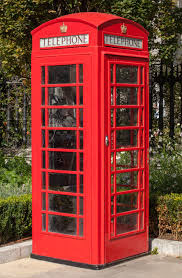
In Canada it’s now 50 Cents to use these. Thank God you play as an officer.
Okay, I’ve gushed enough. Some problems. First and foremost, there were two instances in which the manner player is almost forced to use a walkthrough or guide. Although the game has an in built hint system (Jenks amusingly enters a classic British red phone booth rather than use a cell phone).The hints given by ‘The Chief‘ he calls are made to sound like natural dialogue, and although that’s great in not destroying the immersion they often don’t provide anything we already know. (“You should talk to Fred!“, “YES BUT I HAVE NO FUCKING CLUE WHERE HE IS CHIEF, DAMMIT“) Ultimately the solutions we sought could only be obtained if we had re-watched earlier cutscenes from the game. If this had been established it would be fine, but that it only occurs twice in very subtle but imperative ways is thoroughly weird. Most of the contradiction evidence can be found by simply paying attention to the characters’ dialogue.
Secondly, it’s a little odd that Jenks can be told something by one character that explicitly contradicts another’s statement, but hewon’t always be able to confront the lying character unless it’s jotted down as a note (think of it like an inventory item) so often you’re frustrated by knowing a character is lying but having to find an internal inconsistency in their testimony rather than saying ‘Hey, you said you were at home all night, but eight people said they saw you shoot a nun in the face‘.
Finally, the controls for PC are really irksome. While I’m sure it works perfectly on tablets, phone and consoles, I cannot for the life of me fathom why the mouse is not enabled. Using the arrow keys and WASD keys simultaneously is weird. Even after playing the game for hours I could pop out for dinnerand return only to find myself trying to use the mouse before remembering it doesn’t work in this.
And finally – not really an issue – but it’s a thing: The name. It’s so painfully generic. And given the clear need for a sequel it could have at least been “Contradiction: An Inspector Jenks Mystery” or something more interesting. As it was, I only found out about it because of a suggestion from a review of ‘Her Story’. Some sugggestions?
Final analysis: PLAY. THIS. GAME. NOW.
Secondary Analysis: GIVE. THEM. ALL. YOUR. MONEY. FOR. THE. SEQUEL.
Oh wait, actually no give me a third of your money, Geekpr0n another third, and the rest to the Contradiction team.
Also, play it with friends because it really is fun to yell ‘CONTRADICTION!’ at them for minor inconsistencies afterwards in real life. “YOU SAID YOU DIDN’T LIKE THE PASTA LAST TIME BUT YOU’VE JUST ORDERED IT! CONTRADICTION!”


